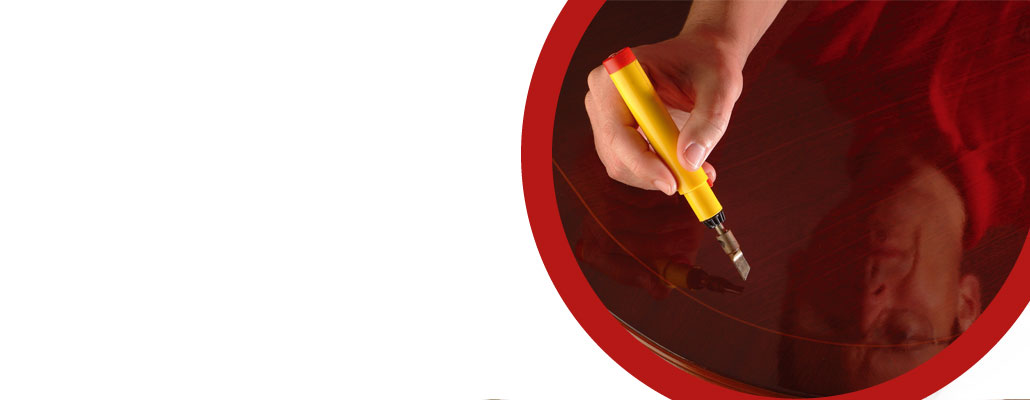French polishing is the name given to the technique used to apply Shellac. This traditional technique was invented by the Martin Brothers in France C1835. It was brought over to Britain for The Great Exhibition in 1850-53. After the exhibition many Victorians loved the new glossy look and so chose to have their furniture refinished using this technique.
Most furniture from then on up until the 1920/30’s was French polished, oiled or waxed. After this period Nitro Cellulose was introduced, thus leading to the modern day lacquer finishes.
Things you need to know about your newly French polished furniture
- Avoid placing the item in direct sunlight. Shellac is a thermoplastic material which means it can soften by application of heat; excessive heat can cause the polish to blister OR create imprints from items left on it
- Avoid placing plastic or polyurethane backed items on the surface as acids can be released and etch into the surface creating an imprint.
Please don’t be afraid by the information above – many Antiques still have their original finish.
How To Care For Your Newly French Polished Furniture
- Always use coasters or place mats to protect the surface
- To maintain the condition of the piece, dust regular with a dry duster
- If the surface gets something spilled on it then mop it up quickly. If necessary you can clean it by wiping it down with a solution of 5% white wine vinegar in cold water. A damp leather shammi is best, buff back up using a Dry Microtex cloth
PLEASE NOTE
Waxing highly polished furniture can cause it to look streaky! (It is a myth that waxing puts nourishment back into timber, this is only true if the piece has been an oiled or waxed finished).

